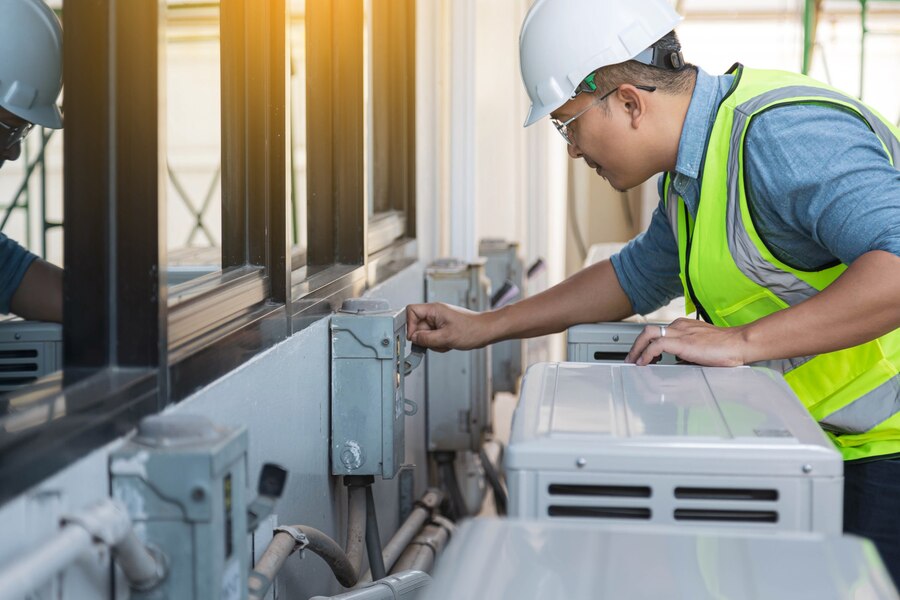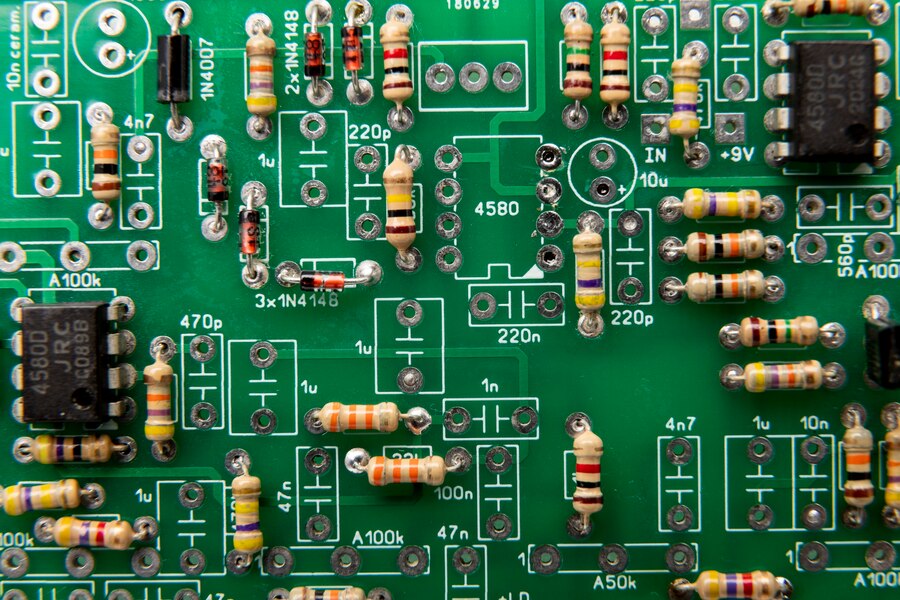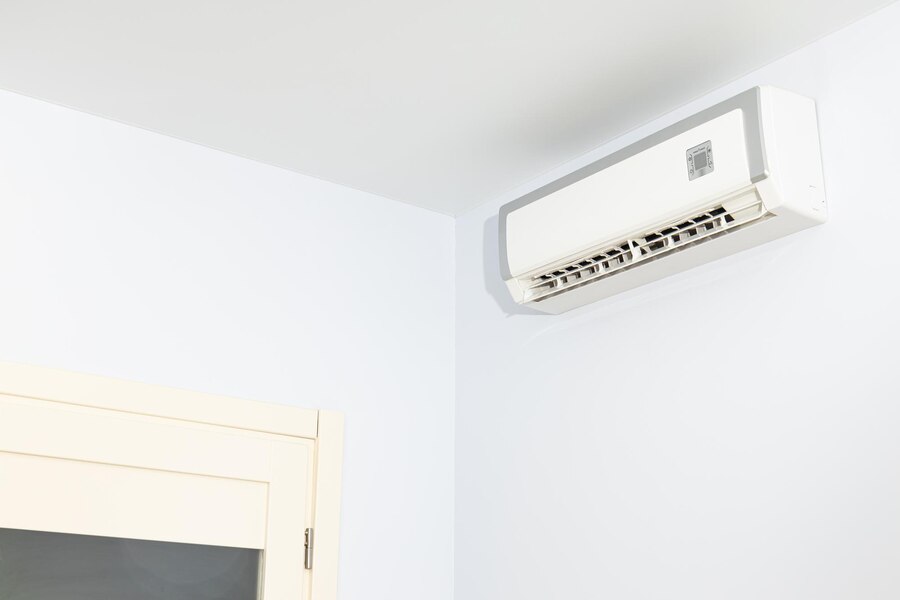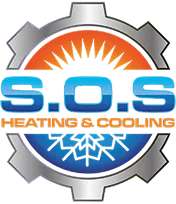
Homeowners in South Salt Lake know how important a dependable air conditioning system is during the middle of summer. When temperatures stay high for weeks, there's no room for error in how your AC works. But while many people focus on common AC problems like refrigerant leaks or dirty filters, one part that's often overlooked is the fan limit control. If this part fails or starts malfunctioning, it can lead to major comfort issues or worse, system damage.
The fan limit control plays a key role in managing how and when your AC system’s blower fan operates. When it's working right, it helps balance airflow and protects your system from overheating. When it's not, you might notice uneven cooling or strange behaviors from your system. If you're experiencing these problems in your South Salt Lake home, it might be time to take a closer look at this overlooked part of your AC.
Understanding The AC Fan Limit Control
The fan limit control is a switch inside your AC system that controls when the blower fan turns on and off. It monitors the temperature inside your unit and acts like a thermostat for airflow. If the internal temperature reaches a set limit, the switch turns the fan off to avoid overheating. It also decides when the fan should start up again, depending on the internal temperature and your thermostat settings.
This control has two major roles:
1. It prevents the blower from running too soon, before the air is cool enough to circulate.
2. It shuts off the fan when the system is too warm, protecting the unit from extra wear and overheating.
Without this control, your system would struggle to run efficiently. The AC might push warm air before it's cooled or keep running the fan too long after the compressor stops. It could even keep the fan running nonstop, which not only wastes energy but also puts pressure on the entire system.
Homeowners often don’t realize how this single component affects their comfort. For example, if your fan seems to run without stopping, or your rooms feel unusually warm even though the AC is on, the fan limit control could be to blame. Identifying this issue early can help prevent related damage to your blower motor or heat exchanger.
Common Causes of AC Fan Limit Control Issues
Fan limit controls age like any other mechanical part and can fail because of both internal and environmental factors. In South Salt Lake, where summer heat often blends with dusty conditions, the control system can wear down quicker than expected.
Here are some common reasons for AC fan limit control problems:
1. Dirt and debris build-up: Dust, pet hair, and other particles can collect on the internal components. If buildup affects the fan limit sensor, it may misread temperatures, causing the fan to run when it shouldn't or shut off too late.
2. Electrical malfunctions: Faulty wiring or loose electrical connections inside your AC can make this control unit act erratically. Surges or repeated cycling wears out switches or sends bad signals to the fan motor.
3. System overheating: Poor airflow, blocked vents, or a dirty evaporator coil can raise internal temperatures. The fan limit control has to activate more often, which speeds up wear and tear on the switch.
4. Mechanical failure from age: Just like any switch, these controls can fail with time. Years of cycling on and off wears down the internal sensors and springs, making it less accurate or unresponsive.
5. Weather impact specific to South Salt Lake: The dry, hot summers in South Salt Lake can suck moisture from the air and create fine dust particles that enter your outdoor unit. Over time, this can reach indoor components as well, especially if filters aren’t replaced on time.
If you're experiencing AC problems that don't seem tied to the usual causes, the fan limit control may be the issue. It's not something many homeowners think about, but it’s a key part of consistent cooling. South Salt Lake homes, especially those closer to traffic-heavy streets or construction areas, are more likely to experience dirt buildup and overheating, adding pressure to this part of the system. Catching it early can save time, stress, and prevent larger breakdowns.
Signs Your AC Fan Limit Control Needs Attention
When the fan limit control begins to fail, it tends to show up in ways that might feel like general AC problems. The fan may run constantly, refusing to turn off even when the air in your home reaches the temperature set on your thermostat. On the other hand, it might not run at all, leaving rooms warmer than expected during hot summer afternoons in South Salt Lake.
Here are some common warning signs that point to issues with this component:
- The blower fan doesn’t shut off, even long after the cooling cycle
- Warm or room-temperature air blows from the vents during a cooling cycle
- Air distribution feels uneven throughout the house
- Thermostat settings are correct, but airflow doesn't match the setting
- AC cycles seem shorter or longer than normal with no comfort change
These signs often get confused with thermostat problems or clogged filters. If repeated filter changes haven’t helped and your thermostat settings are fine, the issue may be within the control circuit itself. Local residents in South Salt Lake should also be mindful of how environmental dust and heat strain this component. For example, a homeowner who recently finished a backyard landscaping project saw more dust entering their unit, which sped up the symptoms above within just a few weeks.
If your AC behaves inconsistently, shuts off too soon, or stays running for hours, those are strong signals to have the fan limit control inspected by our professionals. Addressing the issue now can help prevent a system-wide failure later in the season.
Solutions for AC Fan Limit Control Problems
Repairing or replacing a faulty fan limit control isn’t a surface-level fix. It takes a clear understanding of your unit’s wiring, ventilation, and control systems. Most fan limit switches are housed deep within the system housing, and troubleshooting them correctly requires the right tools and experience.
Here’s what to expect when dealing with these issues:
1. Professional diagnosis: Accurate testing is needed to figure out whether the issue lies with the fan limit control or another part of your system. Temperature readings, electrical continuity checks, and blower motor tests are common steps our technicians take.
2. Safe access and inspection: The fan limit switch sits near the heat exchanger or inside the plenum. Reaching it safely means shutting down power and avoiding damage to coils, wires, or nearby controls.
3. Full system review: Even if the fan control is the issue, it’s smart to check for damage caused by its failure — worn motors, overheating, or airflow blockages that could have loaded extra pressure on the blower.
4. Part replacement and calibration: Once the problem is confirmed, the faulty control needs to be replaced with one that matches your AC system’s specifications. Afterward, the setting ranges are calibrated to make sure it activates and deactivates correctly.
5. Preventive maintenance planning: If the problem came from dirt, improper filters, or tight airflow conditions, planning for consistent maintenance can reduce similar issues in the future. Addressing root causes like this gives your system a longer service life.
Cooling systems in South Salt Lake experience a heavier workload during August when temperatures stay high throughout the day and into the night. That constant demand puts added stress on every part of the AC, especially ones that regulate timing and performance. Fixing these early helps your system keep up with that demand without skipping a beat.
Ensuring Optimal AC Performance in South Salt Lake Summers
When something like the fan limit control breaks down, it's rarely a one-part issue. Your comfort, electric bills, and system longevity all take a hit if airflow isn’t running as it should. South Salt Lake homes go through unique cycles of cooling demand and airborne dust during the summer months, which makes early attention to these components even more important.
Letting fan control issues linger increases your chance of a full system breakdown right when you need cooling most. Addressing it early brings your home back to a cool, reliable rhythm and saves you the surprise of a failed unit right in the middle of August.
Homeowners benefit the most when AC inspections aren’t just about filters or pressure but include attention to components like fan limit switches. Building a routine maintenance plan that watches for early wear signs allows your system to run cleanly, cool fully, and recover from everyday wear without leaving you sweating through the hottest days of the year.
If you have noticed these warning signs and want to prevent further issues with your cooling system, consider exploring our AC installation in South Salt Lake to keep your home comfortable with reliable service from S.O.S. Heating & Cooling. For a quick estimate or to schedule a service visit, please contact us today.
Explore Our Latest Insights and Updates in Plumbing Services

AC Suction Line Freeze Problems in Murray

Fixing AC Control Board Malfunctions in Mt. Olympus

What Causes AC Duct Condensation in Millcreek






.avif)